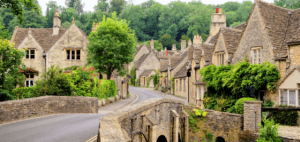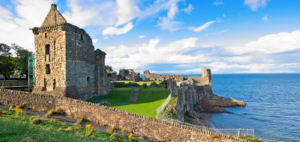Les Vosges: A Green Heaven in the Northeast of France
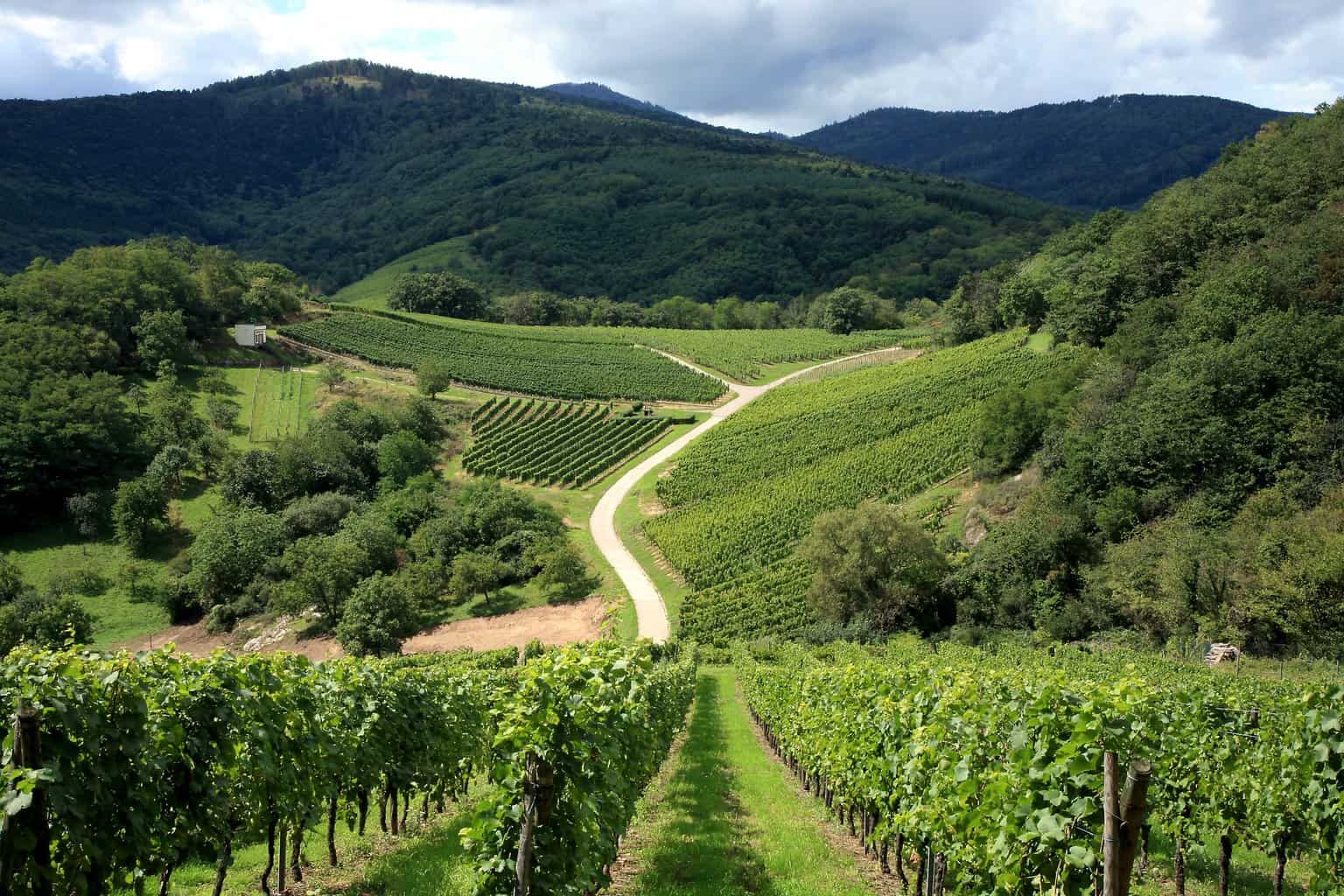
Updated On: April 18, 2024 by Aya Radwan
In the northeast of France, one of the most splendid French departments borders Germany, the Les Vosges Department. This department derived its name from the famous low-latitude mountain range of Les Vosges, which comprise four smaller ranges of peaks of different altitudes. The crisp green forests intertwined with the Les Vosges communities bring you a sense of freshness and new beginnings.
Like all French departments, Les Vosges consists of several arrondissements, three in this case, and countless communities. We’re heading over to Les Vosges to bring you all the wonderful things you can do there, including numerous activities with kids, which is a great opportunity to take them away from the hustle and bustle of city life.
Les Vosges: A History Snippet
The exact time when Les Vosges was inhabited is not clear. However, history denotes that the French patron saint Joan of Arc, born in the 15th century, was born in the French village of Domrémy, part of the historical region of Lorrain. During the late 18th century, when the French Revolution resulted in the creation of the department system in France, Les Vosges was one of the main original departments created back then. The famous Place des Vosges in Paris was renamed after the department to honour its initiative of paying legal taxes.
Les Vosges lost and regained some of its territories over several centuries, starting with the Franco-Prussian War and ending with the Second World War. During the two World Wars, several battles took place in Les Vosges, which resulted in a massive number of casualties among the fighting sides. The existence of several military cemeteries in the department attests to this, as they include the remains of more than 5,000 soldiers.
Best Time to Visit Les Vosges
The difference in altitude of Les Vosges causes several changes in the weather between its communities over the year. In general, the weather in Les Vosges is coldest in January, with rain extending from November to sometimes early April. The months with the best weather, hence the most suitable time for visiting, start from May, throughout the summer, until the end of October, when tolerable gusts of chilly air begin to swirl around.
What to Do in Les Vosges
Since Les Vosges comprises over 500 communes or communities, we’re going to hop between several of them to bring you the best of what you can do around the entire department. Rest assured—you’re going to enjoy your time in the places we’ve picked for you.
The Épinal Commune
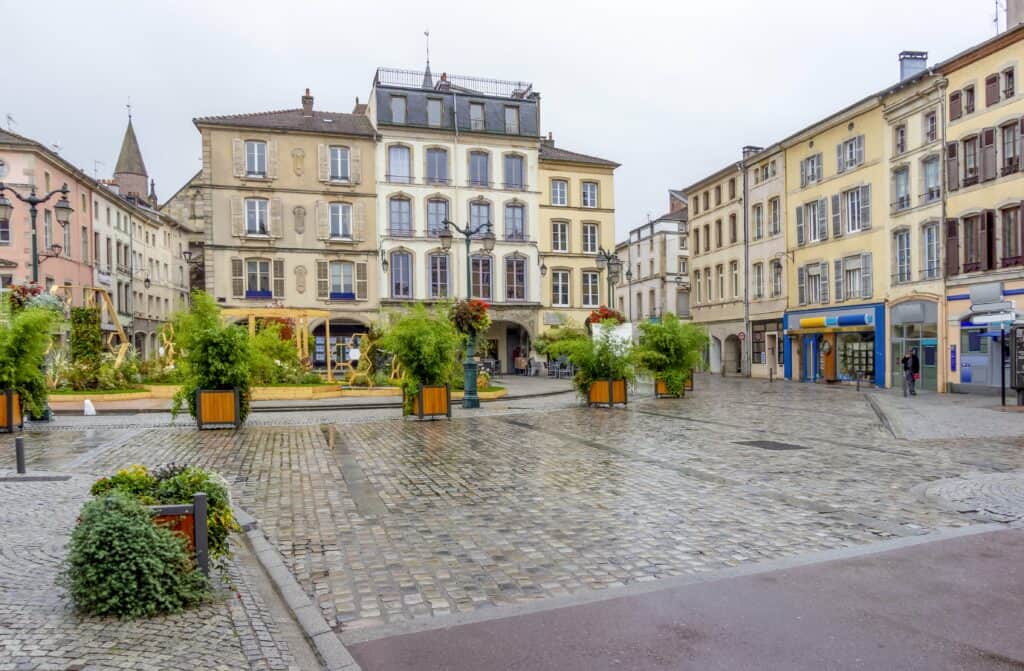
Épinal is the capital commune of Les Vosges. The once-fortified town still hugs ruins of medieval castles, parks, churches and historical cemeteries. You can learn more about Épinal’s history by heading to Musée de l’Image, where you can witness the town’s print history as it was developed and evolved in the hands of master printers, such as Pinot and Pellerin. Another museum worth visiting is the Musee Departemental D’Art Ancien et Contemporain, a museum dedicated to showcasing both French and European history from prehistoric times up to the 20th century. With a unique location on Moselle Island, this museum is a great learning opportunity for kids as well.
Basilique Saint-Maurice d’Épinal, or Saint-Maurice’s Basilica, stands in the town’s centre. It is an interesting mixture of numerous architectural styles, with unique stained-glass designs and frescoes on the inside. The flocks of pigeons surrounding the basilica intensify its dramatic feel.
The town’s preserved fortification, Chateau d’Epinal, is rumoured to host Napoleon’s spirit every 9th of September at exactly 17:00, which marks the last time the French leader gave a public speech at Épinal. The chateau’s surrounding gardens have a playground for kids, an animal park, walking paths and a food corner where you can enjoy a sunny picnic outside.
Arboretum de la Forêt d’Epinal, an exquisite and colourful arboretum in Épinal’s forest, is a must-visit when you’re in town. It includes a multitude of flora exclusive to Épinal and is a wonderful opportunity for kids to explore and learn more about these floras and the forest as well.
The Arrentès-de-Corcieux Commune
The charming nature cradling this commune is cut through by small rivers and rock formations. One of the most interesting and must-see places here is Le Champ de Roches or, in English, Field of Rocks. The best way to describe this place, located between Neune Valley and Vologne Valley, is that it is truly a field of rocks. The place is literally a combination of rocks, mainly granite, followed by sandstone, then gneiss.
Reachable through an exciting hiking trip, there’s a trail going around the 400-metre-long rock field, which is also 8 metres deep. The field is completely void of trees, but many of them surround it. The hike to the field is very relaxing in the heart of beautiful and relaxing nature. You will find the rocky field quite easily, and you’ll be astonished by every piece of nature you will come across. Some of the rocks are massive, and the only reason you can’t see their full size is they’re mingled together with the rest of the rocks.
Walking around the path in the field and getting up to the top, you will find yourself in the old Granite Quarry, which was once used to extract a type of granite known as synkinematic prophyroid, a result of the magmatic activity of the rocks.
If you’re ever in Les Vosges, you must stop by Arrentès-de-Corcieux to enjoy the hike and spend some time in the majesty of nature. After the winter season, you will find some snow huddled between some rocks; the white clouds give a rather enchanting look to the area. The hike takes only one hour, and depending on the season, you will get to see the beauty of nature around you.
Thaon-les-Vosges Commune
This commune is a fusion of three communities together besides Thaon-les-Vosges, which are Girmont and Oncourt. If you visit Épinal, a small stop here at Thaon is a nice change. The commune isn’t as large as either Épinal or Arrentès-de-Corcieux, but it radiates another vibe. Thaon-les-Vosges’ town centre features La Rotonde, a beautiful glass dome-topped building. You can also head to one of the churches in town, Eglise Saint Brice or Eglise Protestante, before heading for some water sports at Wam Park.
The Saint-Dié-des-Vosges Commune
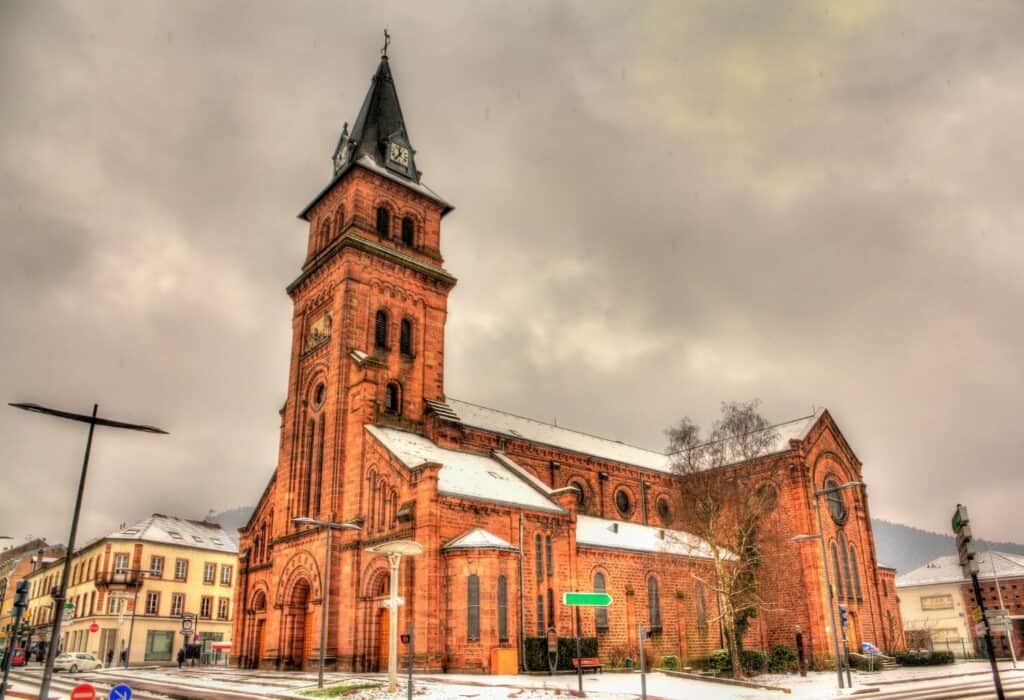
This unique commune in Les Vosges is huddled between three mountains of the Le Vosges mountains, which are abundant in reddish sandstone as part of its Triassic formations. Several urban legends surround the origin of Saint-Dié, with some claiming it took after Saint Deodat, a 7th-century holy man, while others go back further to the first quarter of the 6th century and Saint Deodatus of Blois.
Saint-Dié suffered repeated devastating fires and destruction from the 11th century onward. Wars nearly swept the entire town from the 15th to 17th centuries, and again fire devoured its buildings in the mid-16th century. Following another devastating fire in the mid-18th century, the town was rebuilt using the French Uniform Architectural style.
Our recommendations in Saint-Dié include the red sandstone town cathedral, Saint-Dié Cathedral, combines Romanesque and Gothic styles with impressive stained-glass frescos inside. The impressive art exhibitions at Musée Pierre Noël, ranging from Archaeology to Fine Arts, are worth checking. For an enjoyable time with the kids, you can check Musée Trainland, which houses exciting miniature constructions of toy trains, stations and cranes. It’s a winner with the kids!
The Gérardmer Commune
Gérardmer’s history suggests it served as the summer refuge of people from all over the Vosges, who took to the commune’s lake, waterfalls and recreational activities to enjoy themselves. Some scholars believe Gerard, the Duke of Lorraine, gave Gérardmer its name after he built a small tower by the lake in the 11th century.
Your visit to Gérardmer will undoubtedly be the most adrenaline-filled. The commune’s landscape and forest-laden surroundings are the ideal opportunity for adventure lovers to enjoy their time. The glacial Lac de Gérardmer allows you to ride a boat, go rope-walking, biking or simply walk around and enjoy the view of Les Vosges. It’s perfect for visiting the lake during the summer to bask in the warm sun as well.
Another adventure-packed location is the Acro-Sphere, where you and the kids can enjoy a variety of adventure courses, with several difficulty levels for adults and two for kids. The adventure course might seem daunting at first but believe us—once you get up there, you will want nothing more than taste the accomplishment of crossing the finish line.
Our last piece of adventure includes climbing to the commune’s observatory, the Observatoire de Merelle. When you reach the spot, you will be greeted by a splendid view of both Gérardmer and Lac de Gérardmer. Prepare your hiking shoes and expect to have your breath stolen at the top; that’s how wonderful the view is.
The Remiremont Commune
In the 7th century, Saint Romaric founded Remiremont under the name of Remiremont Abbey, which was home to the monks who followed him. Another commune Saint Romaric founded was the convent up the hill where the nuns used to live. Over time, the nuns abandoned the convent and chose to live down the valley in Remiremont. The nuns’ political power increased over time, and they were able to rally the people to fight off the incoming attacks on the town during the Thirty Years’ War.
Remiremont used to be surrounded by a defensive fort, which was built to defend the commune following the Franco-Prussian War. A great portion of Fort du Parmont remains standing today after undergoing several restoration projects. If you climb to the fort’s location, you will get an extensive and impressive view of Remiremont below, which is a thrilling experience for both adults and kids.
You can’t swing by Remiremont in the Vosges without paying the commune’s church, Église Abbatiale de Remiremont, a visit. The church today looks slightly different from the original abbey from the 7th century. However, architectural elements of the period were still visible all through until the nuns converted the abbey into their secular canoness. Paintings that are estimated to date back to medieval times decorate the church’s crypt, which shows how beautifully they’ve stood against the passage of time.
We also picked the Musée Charles de Bruyères for you to visit. Charles de Bruyères was a lawyer who was born in 1823 and died in 1905 in Remiremont. He was an avid art collector who loved to collect paintings highlighting the alliances of his noble ancestors with the commune’s nobility, including the Dukes of Lorraine. Bruyères bequeathed his entire art collection, most of which dates back to the 18th century, to the public, and the museum that houses the collection now was his original home.
Another worthy commune to visit in the Vosges department is Xonrupt-Longemer! Check out our video for the best highlights of this breathtaking commune.
If you’re planning to visit Les Vosges, you can drive through most of its communes in one day as they’re fairly close to each other. What we believe is guaranteed is that your excitement and love for nature will be both satisfied and renewed during your time in Les Vosges.




